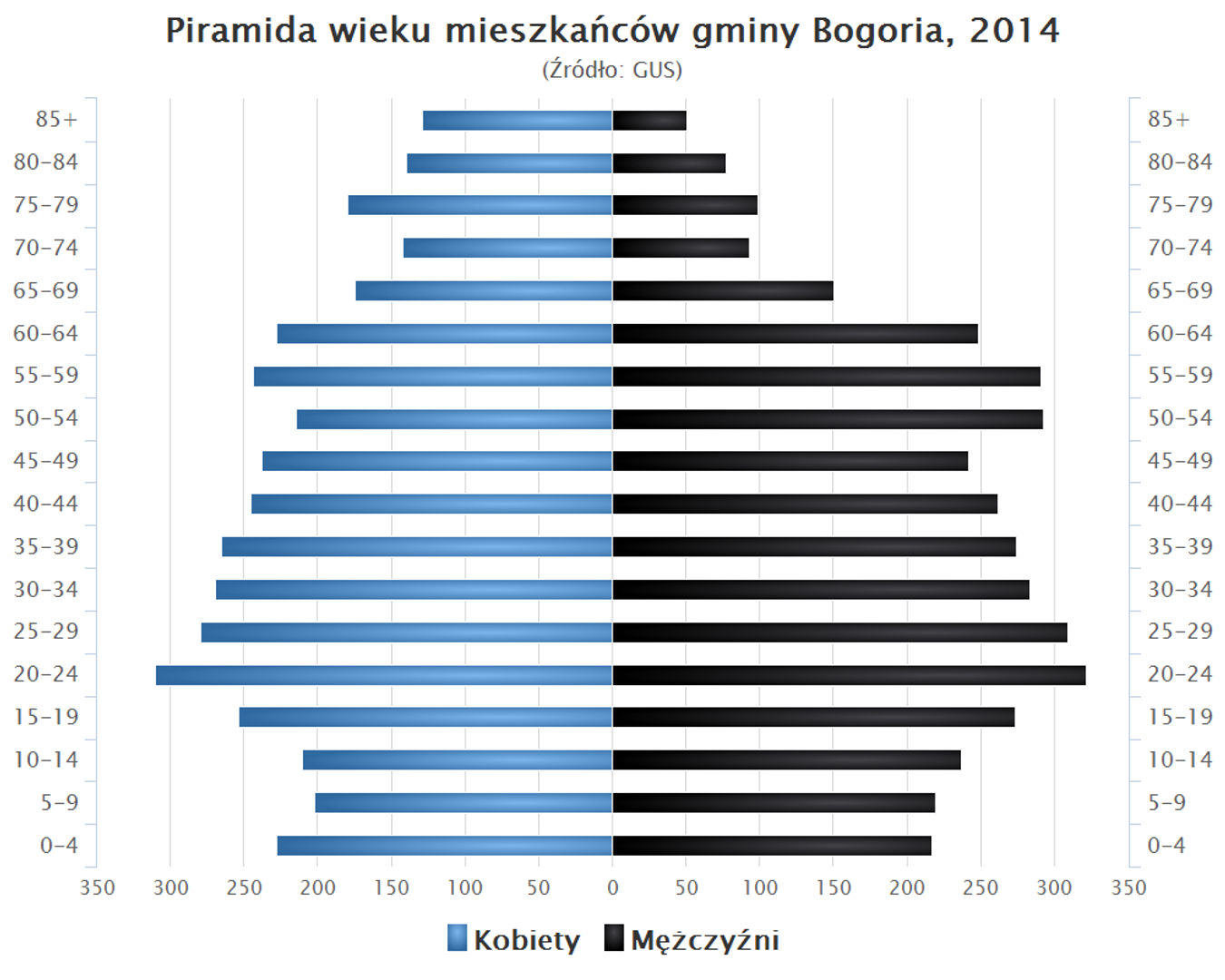Bogoria
6.66

Overview
Bogoria is an urban-rural municipality in the Świętokrzyskie Voivodeship, within Staszów County, with its administrative seat located in the town of Bogoria. The history of the municipality dates back to the years 1975–1998, when its administrative boundaries were part of the Tarnobrzeg Voivodeship. The municipality covers an area of 123.41 km², of which 70% is agricultural land and 24% is forested. As of June 30, 2004, the population was 8,059, but by December 31, 2019, this number had decreased to 7,692.
Bogoria is characterized by a diversity of contemporary localities, including such village districts as Bogoria, Budy, Grzybów, Józefów Witowicki, Wola Kiełczyńska, and Wysoki Duże. Each of these places has its unique features, making the municipality culturally attractive. Local traditions are cultivated here, and residents engage in various forms of social and cultural activities, which strengthens community bonds.
From an architectural perspective, Bogoria features traditional rural buildings that reflect local styles and techniques. It is also noteworthy that the municipality boasts impressive green areas that promote recreation and the protection of local flora and fauna. It is worth mentioning that the area is also home to many agricultural practices, which have a long history in this region.
Budget data from 2010 indicates disparities between per capita income and expenditures, highlighting the financial challenges faced by local authorities. Despite this, the residents of the municipality exhibit a strong sense of belonging and local identity.
An interesting fact is that Bogoria borders other municipalities, such as Iwaniska, Klimontów, Raków, and Staszów, which fosters cultural exchange and cooperation among neighboring communities. Local tradition and modernity intertwine here, and residents actively preserve their heritage, making Bogoria an interesting place on the map of the Świętokrzyskie Voivodeship.
Location
You can also find here:
2025 Wizytor | All Rights Reserved
